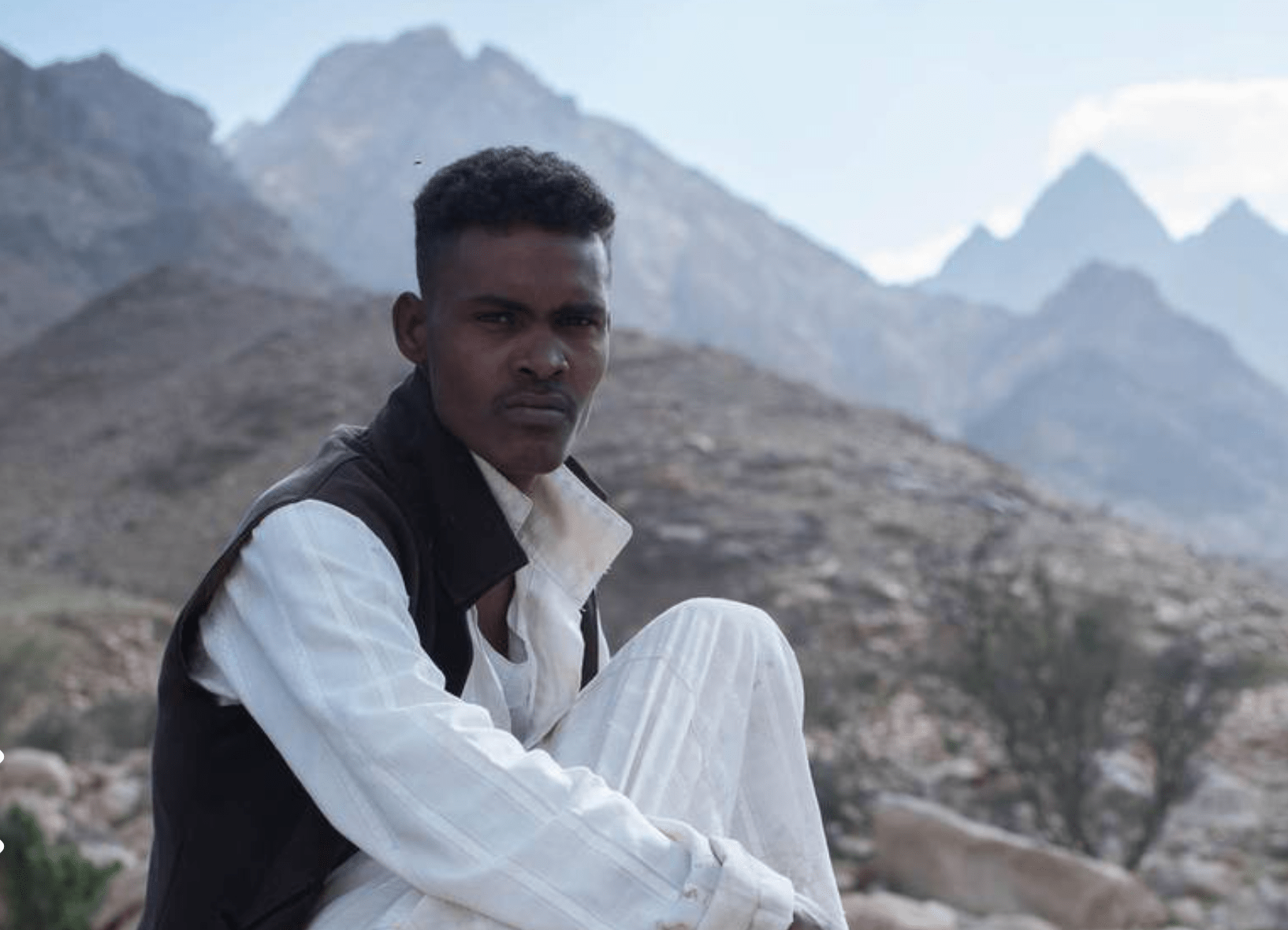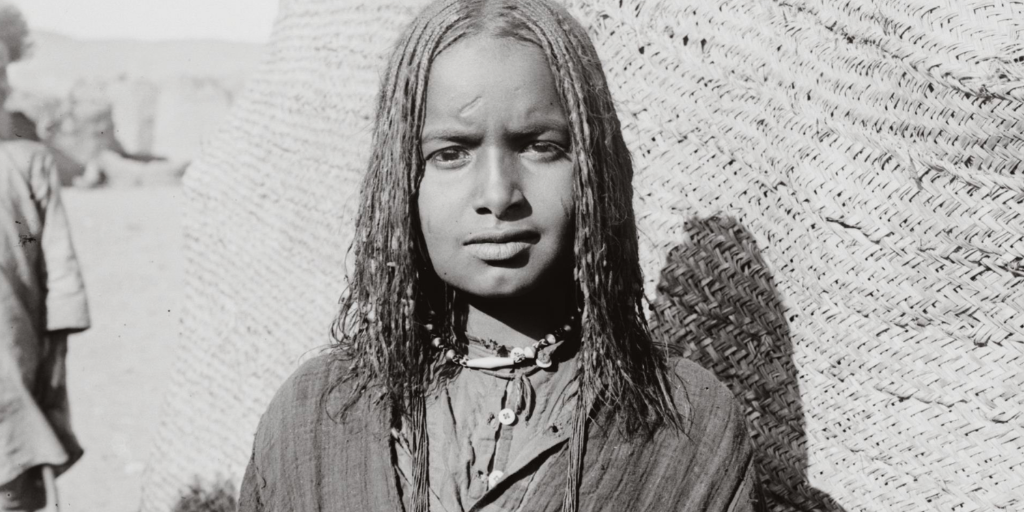
Tucked between a stretch of mountains and the majesty of the Red Sea are a peoples often overlooked: the Beja. Egypt’s Beja are nomadic, independent tribes who rely on their clustered nature to survive; they make their own food, nourish their niche language, and possess an intrinsic inclination for simpler, disconnected lifestyles.


Also known as the Bujah or Bedawiye, the Beja have immortalized their culture from the latitudes of Aswan southward to the Eritrean plateau, numbering approximately 1.9 million individuals. They are assumed to be direct descendants of societies that have inhabited the area for over four millennia. Little is known about the way in which the Beja conceptualized their world, but spatial and environmental factors have helped shape what is seen from the outside looking in.
Hopping from location to location, the vast majority of Beja are considered nomads involved in dhow (traditional sailing vessels) trading and herding. Pastoralists at heart, they travel vast distances with their flocks, subsisting almost entirely on milk, butter, and meat derived from cattle. As a people, the Beja are inclined to speak a Afroasiatic Northern Cushitic language called Bedawiet, although many also speak fluent Arabic, and some have taken to Tigre (Eritrea’s indigenous language) as a means of expressing themselves.
:quality(70)/cloudfront-eu-central-1.images.arcpublishing.com/thenational/5MGLUZNZADBWJNJ7JTQNFHBW7E.jpg)
:quality(70)/cloudfront-eu-central-1.images.arcpublishing.com/thenational/BM3S5HLZMCYOR23EEQZFUWCU5A.jpg)
Though they are not exclusively livestock tradesmen; some Beja tribes, in more recent decades, have followed maritime occupations including fishing and shell-diving. Some have even taken to being hajj laborers during the season of pilgrimage. In essence the Beja are a crucible – a formidable source of multi-culture and versatility.
Beja ancestry can be likened to that of Arab tribal lineage, which is often traced back through the father’s line. There are five tribes, or “sociopolitical groups” associated with the Beja including: the Ababda which inhabit southern Egypt and northern Sudan; the Bisharin, who are located from Jebel Elba up towards Atbara; the Amarar, a tribe mostly found on Sudanese soil, and the Hadendowa and Beni Amer whose territory extends from Port Sudan to Kassala and between Tokar (Sudan) and Agorat (Eritrea), respectively.
However, the link between these tribes is largely assumption-based; these are loose configurations which rely on a shared ancestral territory and general culture.
Much like the Domari of Egypt, the Beja are an interesting subset of Egyptianism – removed from the status quo, yet essential to the whole.







Comments (2)
[…] من هم قبائل البدوية في مصر؟ […]
[…] من هم قبائل البدوية المصرية؟ ضوء موجه: يعتنق كبار الفنانين في مصر الروحانية في عملهم […]